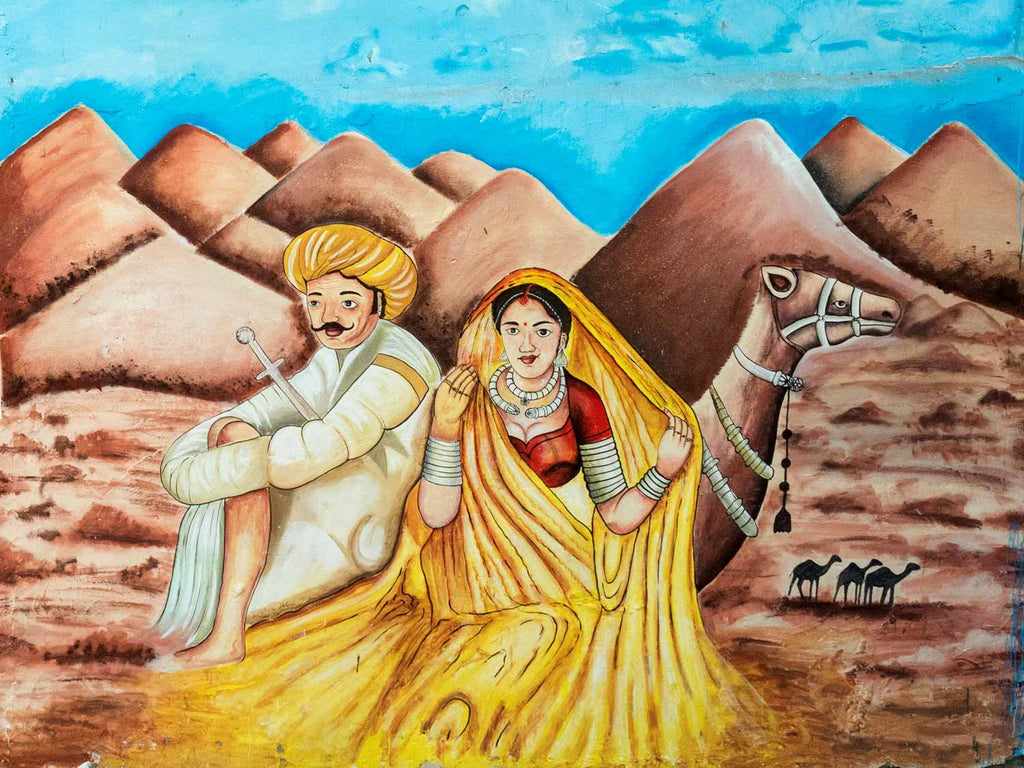The stepwell journey continues - Bani das ki Bawari
March 3 2018.
Previous blog, earlier in the day: Stepwell Diary - Abhaneri to Bundi - Bhandarej
Or get an overview of the stepwells near here.
We leave Bandarej heading west to the town of Dausa where we expect to see a neglected stepwell overgrown with trees. When we arrive it's hard to believe we're at the right location. It seems that after a recent election some cash has been provided to regenerate the Bani das ki Bawari stepwell.

Women and children are gathered by the entrance, it's the end of the afternoon - always a great time in India - everyone's relaxed and we get a friendly reception especially when Tsering, my companion from Ladakh wearing the polo cap, speaks Hindi and convinces the locals she's Indian too. Her face is unfamilar and people are never sure where's she's from.

I spite of the government money the well is still dry - I'm sure that's not the intention and maybe, just maybe, it will have some water come the monsoon. But the trees that were growing our of cracks in the masonry have been dug out, the steps have been refurbished and all the surfaces have been freshly rendered and painted.

My first reaction is of horror! Let's be honest, I like old crumbling buildings in just the 'perfect' state of dereliction to be full of atmosphere - a very selfish attitude but not uncommon. And the naive painting style with it's bright colours and romanticised images of life in the desert with camels in the background and people being carried in palanquins seems rather absurd.
But look more closely and you see wonderful traditional representations of the folk art of Rajasthan. The elephant and rider on the photo below is in the same style as this Phad painting in our Paintings collection.

What's more important is that the well is full of life, it's no longer a remnant from the past waiting to become the local rubbish bin. People are gathering in the shade outside and the local community has taken charge of decorating it and making it part of their lives again. Let's hope that lasts. In the rapidly modernising India people can easily lose interest in their heritage and their sense of individual local identity.

This wall is still being painted and the bamboo scaffolding is in place. Women are gathering water in "pots" similar to the Copper Water Pot in our collection and to the right a husband and wife team are working as blacksmiths. Wandering blacksmiths are a common site in Rajasthan and it's always the woman who wields the sledge hammer!

Even the Mahatma has made an appearance on the outside wall where various images encourage people to clear the rubbish and preserve water. Water, or lack of it, is becoming a major issue in India and it's hoped that some stepwells can be revived and return to being an important water source.
Gandhi is still an important symbolic figure in India though not for all. One view is that he used the impoverishment of the rural people as a political tool and did little to advance them economically. But it's always good to see him and a valuable reminder of his tolerant attitude and pursuit of change through Ahisma, non violence.
Some of these photographs are available to buy here.

To show how the well looked before restoration, this photo was taken about nine months earlier by fellow Stepwell enthusiast Bhavita Saxena. Not surprising we didn't recognise it!

